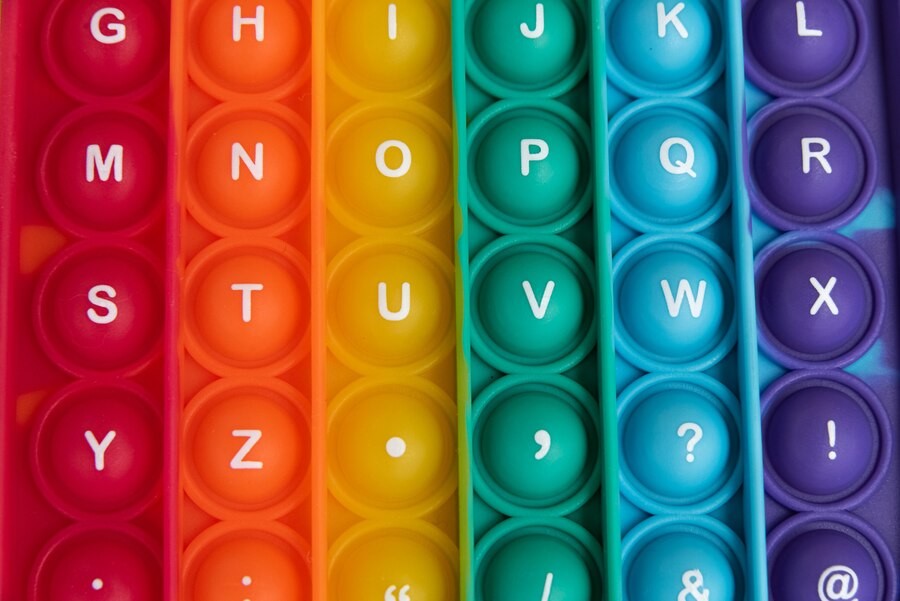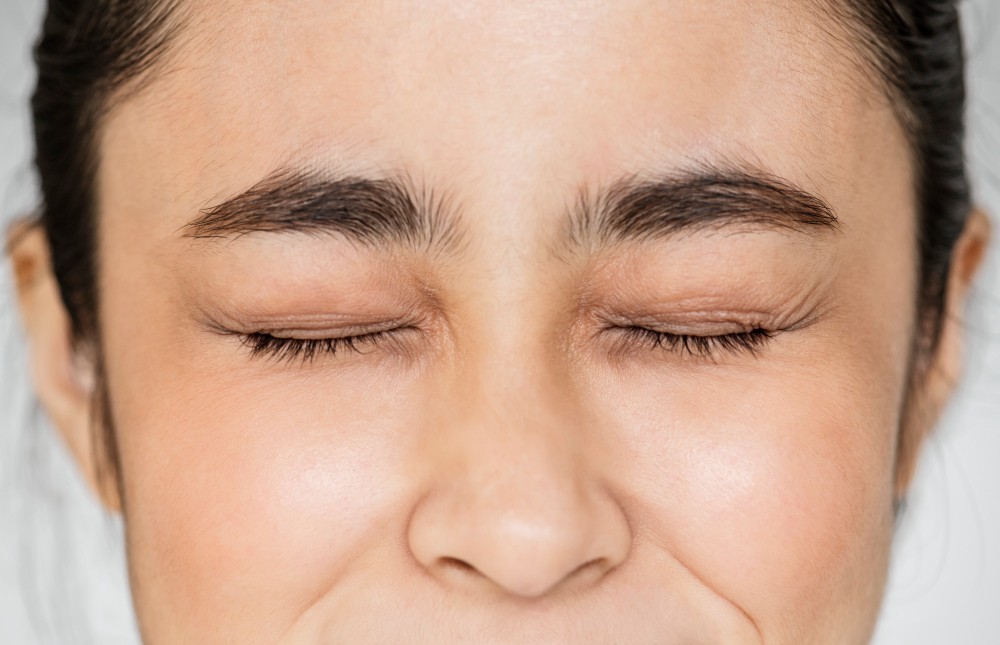Lazy eye, also called amblyopia, is a common visual impairment in children, often becoming the leading cause of reduced vision worldwide.
If not treated early, this condition can severely impact a child's vision, potentially resulting in lifelong visual challenges. Children with amblyopia may also struggle with tasks that require strong eye-hand coordination, such as reading, writing, sports, or playing video games.
What is Lazy Eye?
Amblyopia, or lazy eye, is characterized by decreased vision due to impaired visual development during childhood. It arises when the brain’s connection with one eye becomes disrupted, leading the brain to rely more heavily on the eye with better vision while the weaker eye’s sight continues to deteriorate.
This condition is termed "lazy eye" as the brain favors the stronger eye, allowing it to function better. Left untreated, amblyopia can lead to permanent vision loss in the affected eye.
Causes of Lazy Eye in Children
Lazy eye in children results not from physical eye problems but from the brain's impaired ability to process images from one eye. The following are the primary causes:
Squint (Strabismus)
Strabismus, or squint, is a condition where the eyes are not properly aligned, with one eye looking straight while the other may turn in a different direction.
This misalignment creates two conflicting images for the brain, which responds by ignoring the image from the misaligned eye, eventually leading to amblyopia.
Refractive Disorders
Significant differences in focusing ability between the eyes can lead to lazy eye. For example, if one eye is affected by a refractive error like nearsightedness, farsightedness, or astigmatism while the other eye has normal vision or a milder issue, the brain may favor the clearer image from the healthier eye.
Congenital Cataracts
While cataracts are common in older adults, they can also be present at birth, known as congenital cataracts.
This condition causes cloudiness in the eye's lens, blocking light and impairing vision. When congenital cataracts affect only one eye and go untreated, they can lead to amblyopia in that eye.
Drooping Eyelid (Ptosis)
Ptosis, or drooping of the upper eyelid, can partially or fully cover the pupil, limiting visual input.
In children, if ptosis isn’t addressed, it can hinder the brain’s and eye’s normal functioning, which may then contribute to amblyopia.
Lazy eye tends to be more prevalent in children with a family history of amblyopia, strabismus, or refractive issues. Additional risk factors include premature birth and visual impairments present at birth.
If your child has these risk factors, it's important to consult a doctor promptly. For additional guidance, you can also explore the Ai Care consultation service, available on the App Store or Play Store.
Looking for information on other diseases? Click here!
- dr Hanifa Rahma
National Eye Institute (2022). Amblyopia (Lazy Eye). Available from: https://www.nei.nih.gov/learn-about-eye-health/eye-conditions-and-diseases/amblyopia-lazy-eye
Mayo Clinic (2021). Lazy eye (amblyopia). Available from: https://www.mayoclinic.org/diseases-conditions/lazy-eye/symptoms-causes/syc-20352391
Cleveland Clinic (2023). Amblyopia (Lazy Eye). Available from: https://my.clevelandclinic.org/health/diseases/10707-amblyopia-lazy-eye
Kierstan Boyd (2023). Strabismus in Children. Available from: https://www.aao.org/eye-health/diseases/strabismus-in-children
American Association For Pediatric Ophthalmology and Strabismus (2024). What is Amblyopia?. Available from: https://aapos.org/glossary/amblyopia
Medline Plus (2023). Congenital cataract. Available from: https://medlineplus.gov/ency/article/001615.htm
Mount Sinai. Ptosis - infants and children. Available from: https://www.mountsinai.org/health-library/symptoms/ptosis-infants-and-children












